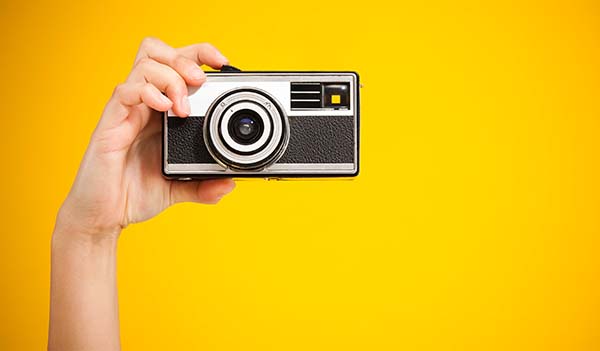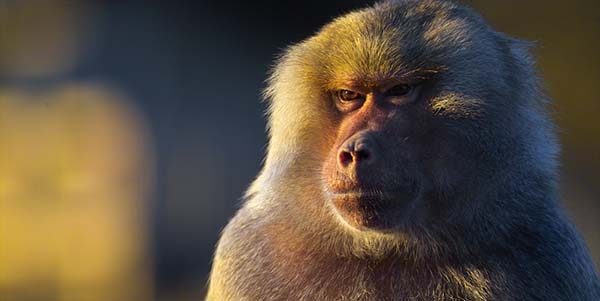This post about how to choose a piano for home practice was originally published on Aug 12, 2018 and updated on March 17, 2020.
Does this story sound familiar? A student is struggling with technique, they’re clearly not practising enough and, for some reason, they keep getting lost looking for middle C…months into lessons!

You try everything. You play games, you colour code, you connect what they’re doing to their favourite TV series and, nothing.
Then, you see a post from their parent on Facebook. How sweet! They’re bragging about their child’s practice. 😊
Then, you zoom in.
What on earth are they practising on?! It looks to be about 3 octaves, with narrow and completely unweighted keys, and it’s sitting on the floor with the child crossed-legged in front of it.
It’s a toy.
Suddenly everything becomes clear and extremely frustrating. You’ve been busting your backside trying to fix these mysterious issues, and it all comes down to a small piece of bright red plastic.
It’s the toy’s fault.
It’s the parent’s fault.
But, is it? Should the parent have known that this wasn’t sufficient as a practice instrument?
I think educating parents about things like this falls very squarely under our job description. We’re the experts. We know the effect this is having, and we can’t assume this is just “common sense” to everyone else.
I address the many facets of how to teach students to practice the piano on my Piano Practice page, but none of that matters if the student doesn’t have an adequate instrument to use for home practice.
Home instrument requirements
I know many teachers require the student to have an acoustic piano before they begin.
I’m not that strict; I do allow students to use weighted keyboards. However, I have definitely fallen into the trap of being too lenient.
I have learned that simply saying, “Ok, we can start, but that instrument needs to be upgraded soon,” is not nearly enough.
This kind of couched language sends a message to the parent that it would be better to have a better instrument, but this one is alright for now. It takes years for this to be replaced if you don’t give a more insistent push. (By which time the student has completely lost interest because practising on a heap of junk is no fun at all.)
Make sure you discuss this stuff at the new student interview.
- Demonstrate or show photos of appropriate instruments and what to look for.
- Give them a hand-out or send a follow-up email reminding them what is appropriate and what is not.
- If they will be buying a piano or keyboard for home practice, encourage them to send you links to check out of what they’re considering. (Yes, it will take you time to check them over, but it’s SO worth it.)
- Emphasise what they’ll be missing out on.
I also recommend you get them to take a photo of the child at their home instrument after the first lesson. This is done to check posture, but it can also give you an opportunity to check the home setup. If you’re a member of Vibrant Music Teaching, head over to the VMT library and grab the “My Piano Posture” worksheets to formalize this in your studio.

The bench
It isn’t all about the keys. What the child is sitting on has a big effect on technique development, too.
At our studios we usually have an adjustable bench and footstool (even more important if you teach lots of preschoolers like I do,) but what about at home?
The most beautiful piano can be ruined for a young beginner by a dining chair and dangling feet.
I always include the bench as part of the discussion with new piano parents and, if they don’t have an adjustable bench, I send them a link to a super affordable one.
For a footstool, they can simply use an upside down plastic box or anything else that’s lying around. It doesn’t need to be fancy, just sturdy.
Where is it?
Ok, I likely haven’t told you anything ground-breaking or new yet. But something you may not have thought about is where the piano is in their house.
Encourage the parents to think about when the best practice time will be and whether it might conflict with something in the house. A kiddo is not going to be super enthused about practice if it means turning off the TV and having their brother give them an evil stare.

Likewise, it’s no fun to have to go practice in some poorly-heated back room while everyone else is in the cosy kitchen.
What’s the worst home practice instrument you’ve ever seen?
Share your horror stories in the comments below or in the Vibrant Music Teachers Facebook group, and give me your tips for making sure your students have an appropriate instrument at home.

The worst instrument that a parent had purchased for their child’s beginning lessons was a 2 octave ( give or take a few keys) toy keyboard. Purchased on Amazon .The mother showed me the picture and I told her it would not be adequate for piano lessons.. She returned it, borrowed a 76 keyboard from a friend and 3 weeks later soccer season trumped Piano.lessons. . Student never resumed.
The second experience was accepting a student who borrowed a friends 67 key keyboard. It was to be temporary until the new student decided if she REALLY wanted to continue. I emphasized right from the start that 88 Keys would be necessary very soon. After 8 lessons The parent called to say that their child decided she really wasn’t ‘ into it’ and she quit . The student had been doing very well and both parents were pleased. I think if the purchase of a good instrument had been made initially, there would have been no option to quit.
Not to drag out the story, but from now on I will not accept a student unless the parents have already made the initial investment of either acoustic or quality digital. Where there is no investment, there is no commitment.
It’s not just the commitment either, it’s the satisfaction for the student. Would you enjoy practising on something that doesn’t sound or feel good? Of course not, and neither does the student.
Great reminders and lessons learned here as well! Thanks for taking the time to share your thoughts on a weekly basis! You’re a blessing!
Thanks Pam! 🙂
Do you mind sharing where you find the adjustable benches affordably? Do you ever recommend just the x-style (which is much cheaper) or just the traditional bench with 4 legs?
The X style isn’t much cheaper here but as long as it’s wide enough and sturdy enough it might be ok? Hard to know as I’ve never tried it.
I send them to Thomann for benches. The basic ones are around €60.
In think, it is important to consider the price, quality, and features before choosing the right piano for anyone. The price should be reasonable, and the quality should be good. The features should include a metronome, a recording function, and a headphone jack. The digital piano should also be easy to use so that your students can learn how to play it quickly.
Thank you, Jeanette..! For sharing such helpful information.